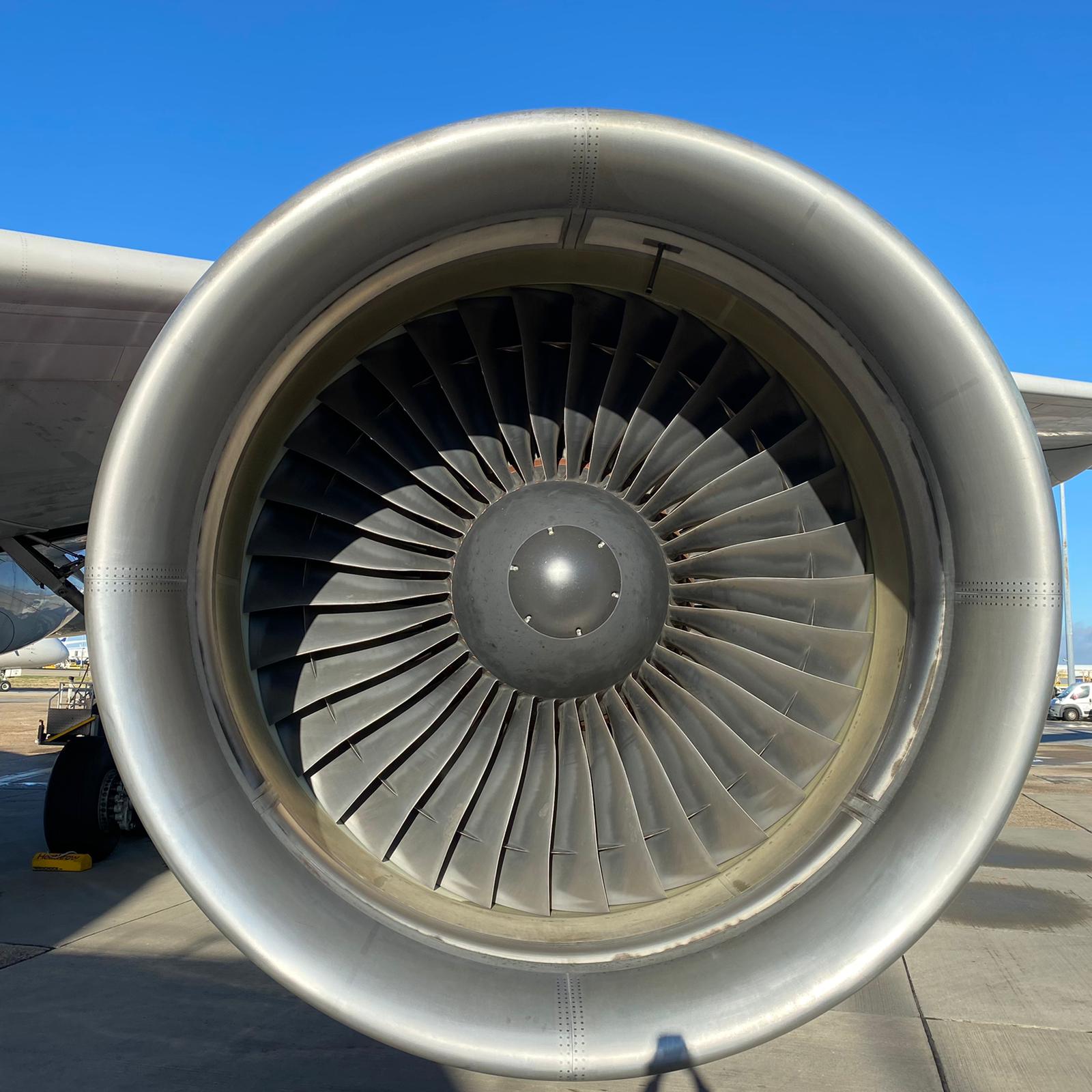The aviation industry’s safety standards rely on a complex network of organizations and regulations. The Continuing Airworthiness Management Organisation (CAMO) play an indispensable role in ensuring the ongoing airworthiness of commercial aircraft.
Scope and Intent of CAMO
Regulations such as EASA Part CAMO define the scope and intent of CAMO operations with their primary objective is to manage and maintain the airworthiness of aircraft throughout their operational life. This encompasses a wide range of responsibilities, including:
- Development and implementation of maintenance programs: CAMOs are responsible for developing and maintaining maintenance programs that comply with regulatory requirements and manufacturer requirements. These programs outline the specific tasks, inspections, and repairs required to ensure the aircraft’s continued airworthiness and evolves with the aircraft’s life.
- Maintenance planning and scheduling: CAMOs meticulously plan and schedule maintenance activities working with operations while ensuring timely compliance with maintenance requirements. This involves coordinating with maintenance providers, managing spare parts, and optimizing aircraft utilization.
- Technical records management: Accurate and up-to-date technical records are essential for tracking an aircraft’s maintenance history and ensuring compliance with airworthiness directives. CAMOs maintain detailed records of all maintenance activities, inspections, and repairs, ensuring traceability and accountability.
- Airworthiness reviews and certifications: CAMOs conduct periodic airworthiness reviews to assess the aircraft’s overall condition and ensure its continued compliance with safety standards. They also issue airworthiness review certificates (ARC) that certify the aircraft’s compliance with these reviews.
- Technical support and troubleshooting: CAMOs provide technical support to airlines and maintenance organizations, assisting with troubleshooting, interpreting technical documentation, and resolving complex maintenance issues where there might be repeat defects, ongoing concerns and the need to manage reliability.
CAMO’s Function in Commercial Aviation
CAMOs are integral to the commercial aviation as they bridge the gap between aircraft manufacturers, airlines, and maintenance organizations. By ensuring that aircraft are maintained in accordance with stringent regulations and manufacturer recommendations, CAMOs contribute significantly to the overall safety and reliability of commercial aviation.
As the industry continues to evolve, CAMOs will remain at the forefront of ensuring that aircraft continue to operate safely and efficiently for years to come.
If you want to learn more about CAMO and some of their tasks check out the courses we offer and follow us on LinkedIn
